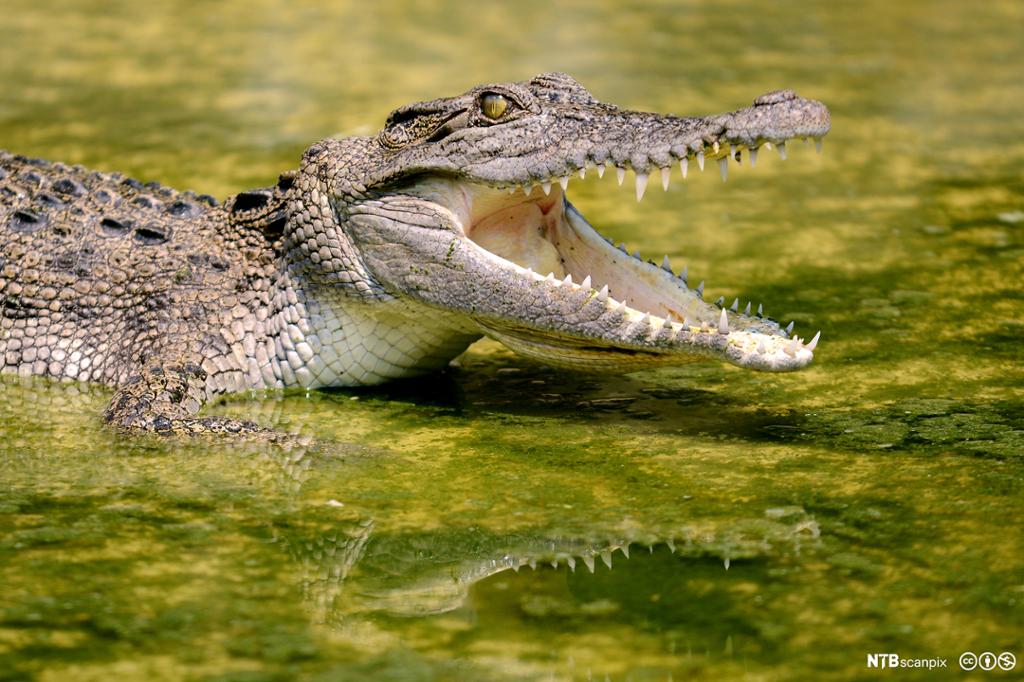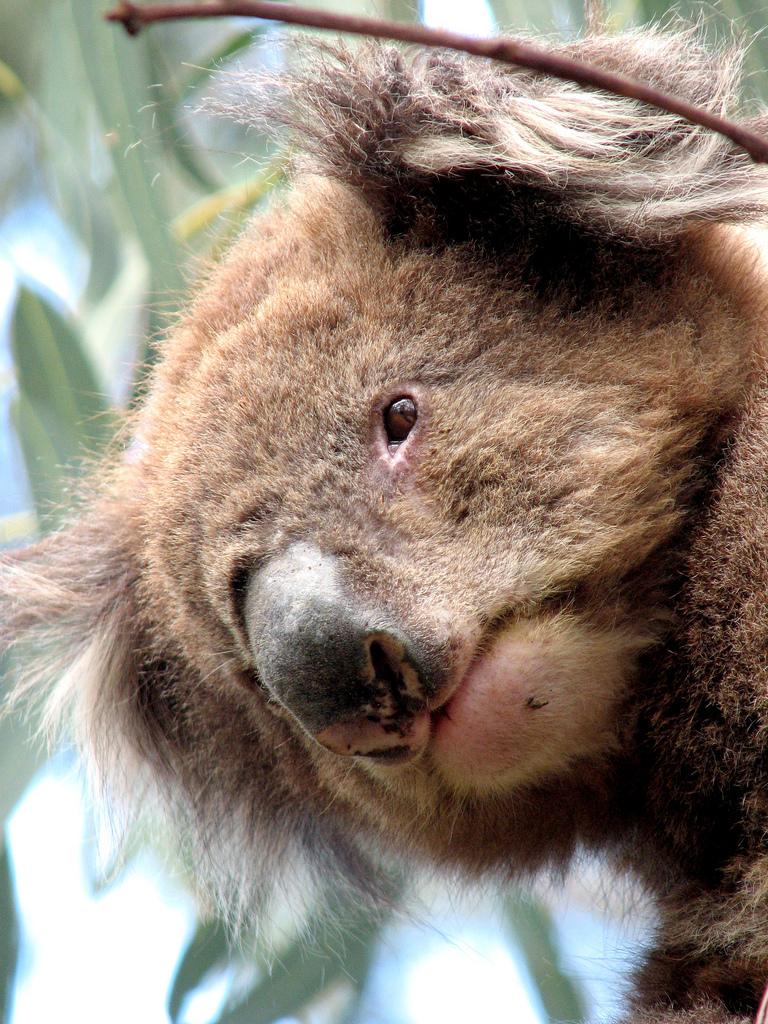Australia’s Unique Animal Life


Thanks to a varied landscape, Australia has the world’s most unique animal collection comprised of a large number of species endemic to this area. Marsupials such as kangaroos, opossums, koalas and wombats carry their babies in a pouch on their stomach. The platypus is a furry egg-laying mammal with the bill of a duck, which spends most of its life in water. The echidna, or anteater, lays eggs. In the northeast, there are tropical rainforests and swamps full of crocodiles, birds, snakes and insects.
There are two kinds of crocs – the salties and the freshies. The salties grow up to 6 metres long and don’t say no to eating a human for lunch! There are also about 100 species of venomous snakes. The central parts of Australia consist of endless deserts. The only forms of life to be found here are scorpions, snakes, rats, spiders and insects. In the south of the country, forests and grassland are to be found. This is the home of the koala bear, which is most often hanging in a eucalyptus tree. Unfortunately, the bears are threatened with extinction, as their natural habitat is being eradicated. Koalas are totally harmless animals, which spend all their lives in the trees feeding on leaves which make them drowsy. They often sleep most of the day and night.
The Australian government has established a number of huge national parks, in order to maintain the unique flora and fauna in the country. However, Australia has another problem which seems unsolvable – that of imported species.
The first animal to be imported was the dingo, a wild dog that was brought to Australia by the Aborigines. Dingoes eat platypus eggs and bird eggs. Thomas Austin introduced rabbits to Australia for the purpose of hunting. Rabbits thrived and multiplied (as rabbits do…) by the millions. They eat anything that’s green, from plants to crops, leaving less food for the endemic species.
The government then introduced foxes in order to catch the rabbits, but foxes are lazy and soon discovered that smaller kangaroos and wallabies were easier prey. In the 1950s the authorities went to the drastic step of introducing a virus called myxomatosis in order to kill the rabbits, but within 20 years the animals were all immune and multiplied even faster! Today they are thought to number about 300 million.
Other imported species include wild goats, wild horses and wild pigs. They were actually intended as domestic animals, but somehow they were set free, and established their own habitat. These animals also feed on the food of the endemic species. Australia really is a smorgasbord for them.
Finally, did you know that the budgies that can be bought in any of our pet shops originally came from Australia, and that there are lots more where they came from? They are all green in the wild, since blue or yellow is really a genetic mishap and predator birds eat the few that have plumage in other colours. The word budgie is an abbreviation of the aboriginal word budgerigar.
Comprehension:
- What common trait characterises marsupials?
- What impact has the import of animals had on the endemic wildlife of Australia?
- What measure was taken in an attempt to decrease the rabbit population?
- What animals are prey for the the “lazy foxes of Australia”?
Research
Find stories from the outback in Australia about animals, explorers and settlers. There is a lot of pretty amazing stuff out there. Retell one story in class. Suggested word search: Australia, outback, explorer, survival, animals, dangers
Related content
Test your knowledge about Australia's unique wildlife!